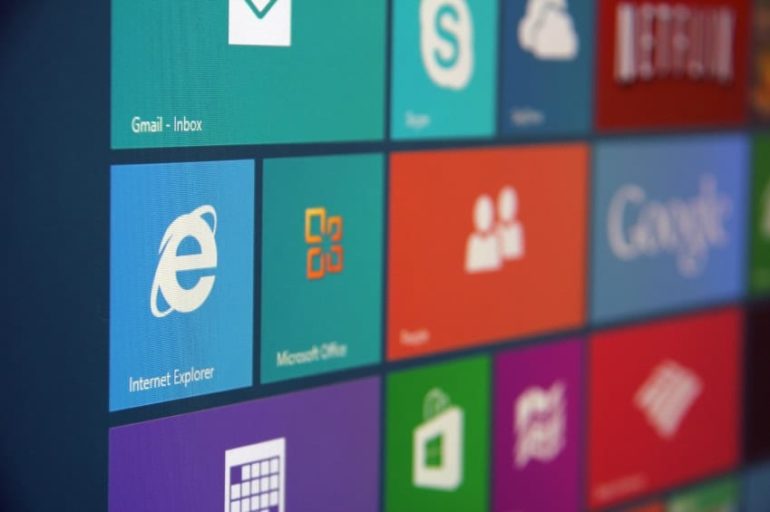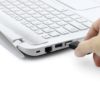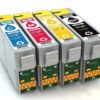Among all versions of Windows, the latest Windows 10 and Windows 8.1 are arguably the most radical. One particular change they’ve introduced is the Start screen, which fills the entire screen with tiled apps and programs instead of (or alongside) a classic menu. Love it or hate it, you can’t easily remove the Start screen and bring back the old menu, but at least you can customize it to your liking.
For 8.1, go to the Start screen, open the charms toolbar by pressing Windows+C (or swiping in from the right on the touchscreen), select Settings and then select Personalize. The Personalize pane then slides in from the right. Choose a background for the Start screen and modify its color scheme. Any changes made will take effect immediately.
For 10, right-click on any folder or program that you’d like to appear in your tiles and click “Pin to Start.” Similarly, for any tile you want to remove, right-click it and select “Unpin.”
As for the tiles, you can right-click (or long-press on the touchscreen) them to move them around. Highlight your frequently used apps by moving them up and deemphasize less important apps by dropping them to the bottom. The context menu when you right-click tiles also lets you unpin tiles from the Start screen and turn live tiles off to stop receiving dynamic content.
Now go to the desktop. Right-click the taskbar and select Properties. In the Start screen section of the Navigation tab, you can enable or disable the following:
- Go to the desktop whenever you sign in to your account or close a modern app
- Use the desktop background for the Start screen
- For computer setups with multiple displays, show the Start screen on the active display
- Go directly to the Apps view when the Start button or Windows key is pressed
If you have 8.1 and despise the Start screen and miss the Start menu, you’ll be happy to know that Windows 10 has brought latter back (with some features adapted from the former). If you’d like to upgrade, let us know and we’ll be happy to send someone out to help!


